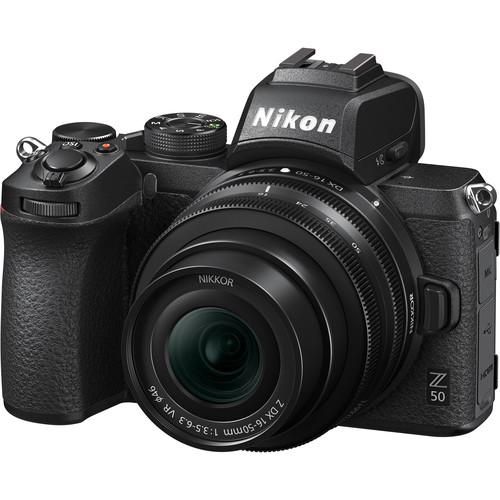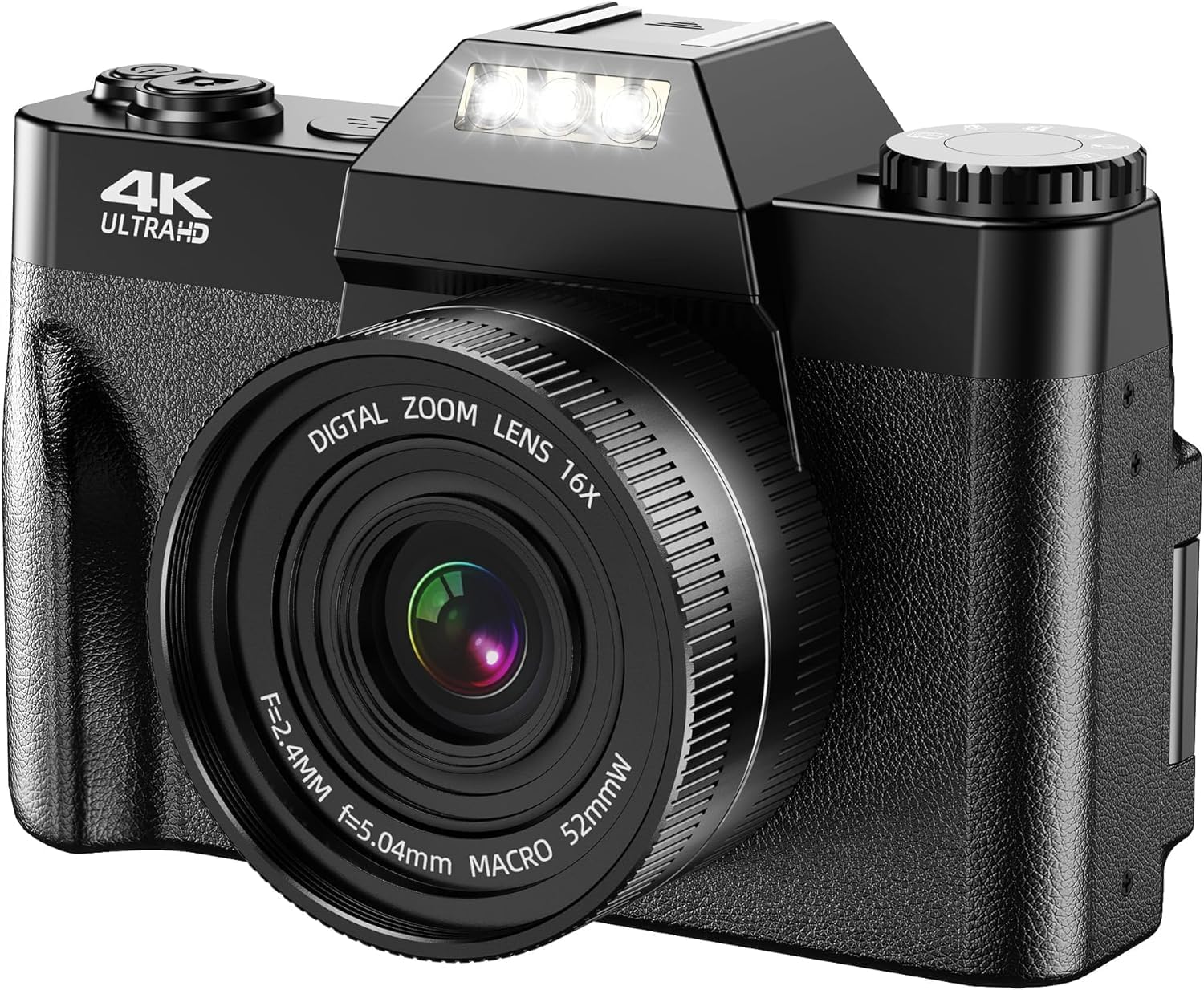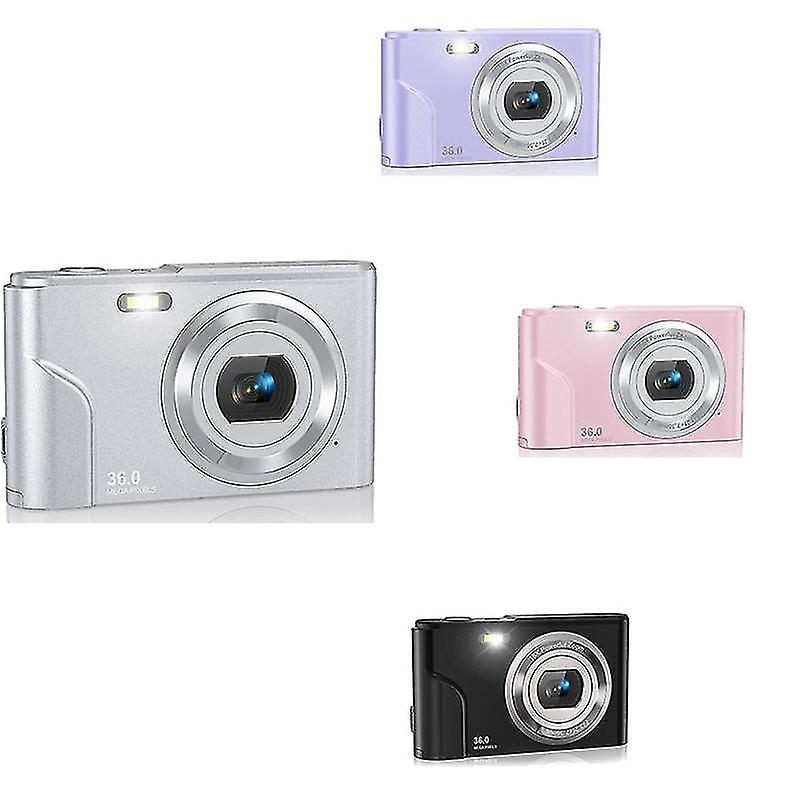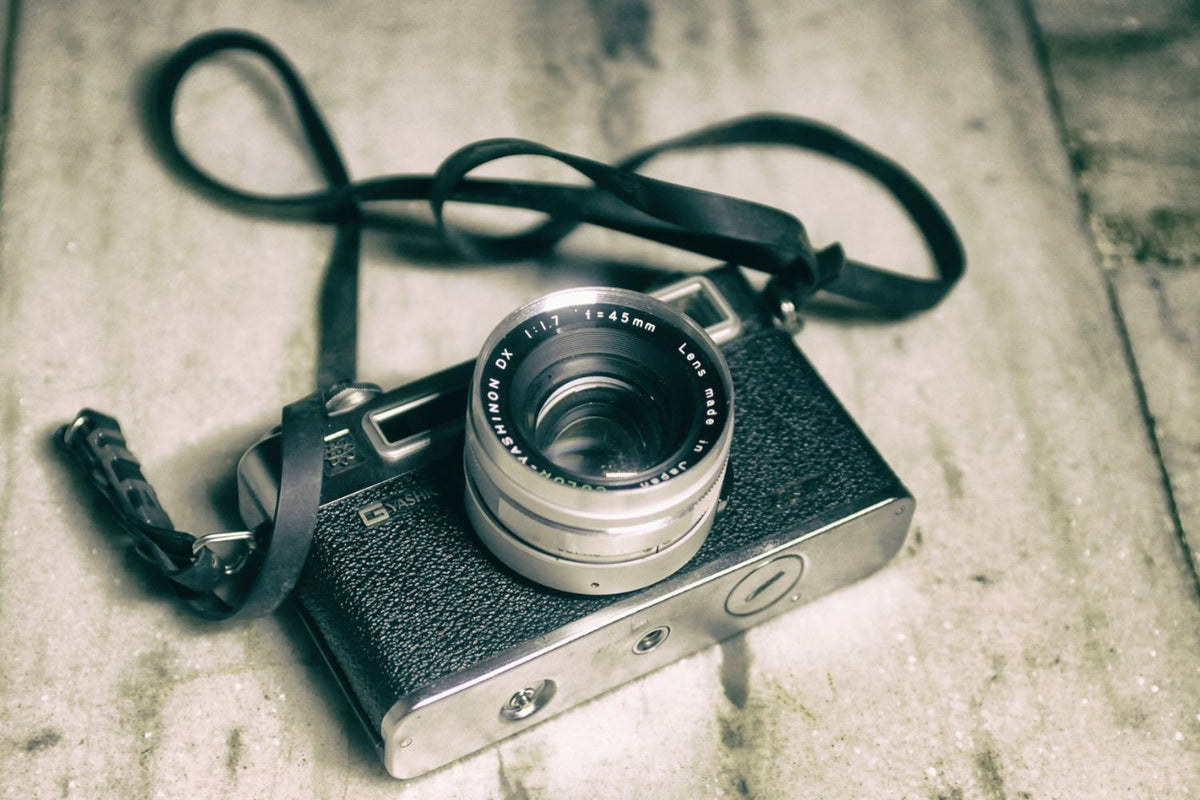In the world of photography, finding the perfect balance between quality and cost is essential, especially for hobbyists and those on a tight budget. A high-quality, cheap digital camera can be a great companion for capturing life’s moments without breaking the bank. Here’s how you can select a camera that meets your needs without compromising on the quality.
Understand Your Photography Needs
Identifying Your Purpose
Before diving into the vast ocean of digital cameras, pinpoint what you’ll mostly use the camera for. Are you into landscapes, portraits, action shots, or just looking for something to document family events? Different cameras cater to different needs, and knowing your focus will narrow down the choices.
Setting Your Budget
Decide on a budget upfront. Knowing how much you’re willing to spend sets a clear boundary and filters out many options. Remember, the goal is to find a balance; spending too little might compromise quality too much, while stretching your budget might not always mean getting the best value for your needs.
![]()
Research Camera Specifications
Megapixels Aren’t Everything
While megapixels are important for print size and detail clarity, they’re not the sole factor determining image quality. Cameras with larger sensors often perform better in low light and have a greater capacity to produce sharp, detailed images, even with fewer megapixels.
Zoom Capabilities and Lens Quality
Consider the camera’s zoom range and lens quality. A camera offering an optical zoom is preferable as it maintains image quality while bringing distant subjects closer. The lens’s aperture also affects the camera’s ability to perform in various lighting conditions; a lower f-number means the lens can open wider to let more light in.

Check Reviews and Ratings
Professional Reviews
Look up professional camera reviews online. Experts often provide a comprehensive breakdown of a camera’s performance in various situations, image quality, build, and features. These reviews can offer valuable insight into how a camera holds up in real-world usage beyond the specifications list.
User Experiences
Reading through user reviews complements professional opinions by adding a layer of real-life usage experiences. Users often highlight issues or benefits that might not be evident in spec sheets or lab tests, such as battery life, durability, and ease of use.

Consider Older Models
Last Season’s Models
Manufacturers frequently update their camera lines, leading to price drops for older models. These cameras can still offer excellent value, packing solid performance and features at a significantly reduced price. Ensure the model isn’t too outdated, as you still want to enjoy contemporary photography technology.
Refurbished Cameras
Refurbished cameras are another excellent route to high quality at a lower cost. These are units repaired and certified by the manufacturer or authorized dealer, often coming with a warranty. Buying refurbished can get you a better or higher-spec camera for the same money you would spend on a new, lesser model.

Assess Extra Costs and Features
Evaluating Additional Expenses
Consider extra costs that accompany the camera purchase, such as memory cards, spare batteries, or specific lenses (for DSLRs and mirrorless cameras). These additional expenses can add up, so factor them into your budget.
Handy Features
Look for features that enhance your photography experience but don’t strain your budget. Image stabilization, face detection, Wi-Fi connectivity for easy sharing, and waterproofing are nice-to-have features that can make a difference in how you use your camera.

Try Before You Buy
Hands-On Experience
If possible, test the camera at a store. Getting a feel for the camera, assessing its build quality, responsiveness, and ease of use can significantly influence your decision. Trying before buying ensures the camera meets your expectations and is comfortable to use.
Rental Options
Renting is another way to test a camera before committing to a purchase. It gives you an in-depth understanding of the camera over a few days of intensive use, which is something you can’t get in a store.
Explore Bundled Deals and Promotions
Finding Value in Bundles
Keep an eye out for bundled deals that include the camera along with essential accessories. Retailers often create packages that may include a camera bag, a tripod, extra batteries, or memory cards at a more affordable price than buying each item separately. Not only do these bundles save money, but they also ensure you have all the essential gear to start shooting immediately.
Seasonal Promotions
Take advantage of seasonal promotions and sales events. During times like Black Friday, Cyber Monday, or holiday seasons, cameras are often discounted. Signing up for newsletters from trusted camera retailers or setting price alerts on specific models can lead to significant savings.
Prioritize Warranty and Support
Importance of a Good Warranty
Don’t overlook the warranty terms when choosing a budget camera. A good warranty can protect you from manufacturing defects and save on potential repair costs. Ensure you understand the warranty’s length and what it covers. Opting for an extended warranty might be worth considering, especially if it’s reasonably priced.
Reliable Customer Support
Support goes hand-in-hand with warranty. Check the manufacturer’s customer service reputation. Reliable customer support can be invaluable if you encounter issues with your camera, need help with features, or require guidance for firmware updates.
Embrace Learning and Improvement
Continuous Learning
Remember, buying a camera is just the first step in your photography journey. Invest time in learning how to use your new camera to its fullest potential. Free online tutorials, user manuals, photography courses, and community forums are great resources to help you improve your skills.
Upgrading Over Time
As you grow in your photography, your needs may evolve. Your first camera doesn’t have to be your last. Starting with a more modestly priced model allows you to discover what features you might want in a future upgrade. By the time you’re ready for something more advanced, you might have saved enough to afford a higher-end camera that suits your developed skills and refined interests.
A Wise Choice Awaits
Choosing a high-quality, cheap digital camera involves balancing your photography needs, understanding camera specs, leveraging user and professional reviews, considering last season’s models or refurbished options, factoring in additional costs, and if possible, trying the camera firsthand. By carefully evaluating your options within your budget, you can find a superb camera that doesn’t compromise on quality. Remember, the best camera is not always the most expensive one but the one that suits your needs the most effectively.
